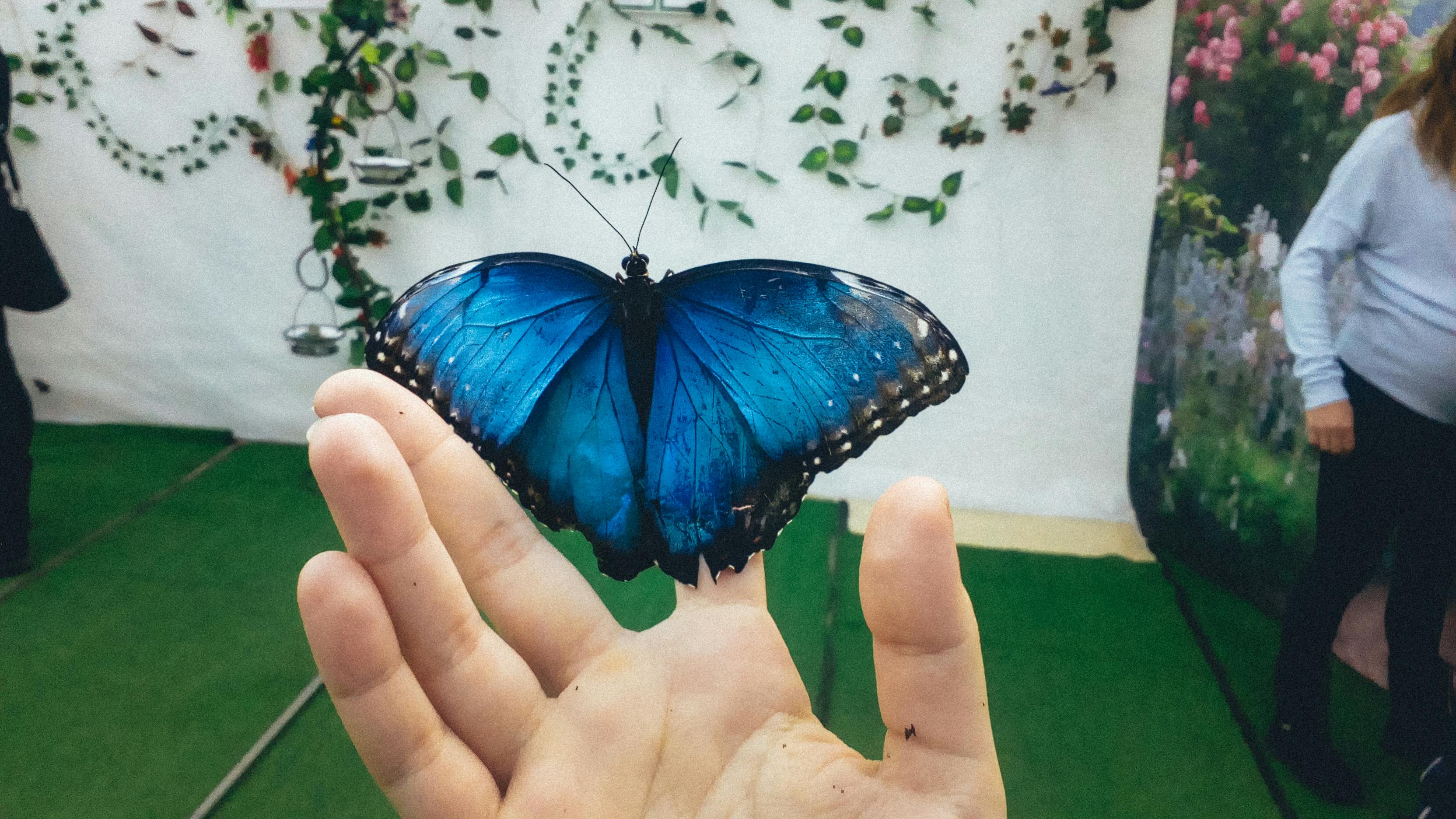Essential Insights to Enhance Your Experience at The Dead Rabbit
The Dead Rabbit, renowned for its vibrant atmosphere and rich history, stands as a significant attraction in the landscape of folklore and cultural storytelling. This iconic establishment offers more than just a unique bar experience; it embodies the legend of the dead rabbit intertwined with various cultural narratives. As you prepare to visit the Dead Rabbit in 2025, understanding its cultural significance and the various legends that surround it can greatly enhance your experience. This article will delve into the myriad aspects of the Dead Rabbit—from its mythological roots to its portrayal in literature—providing you with effective insights to fully appreciate this setting.
One of the alluring aspects of the Dead Rabbit attraction is its deep connection to folklore, which encompasses a wealth of stories and interpretations. Knowing the folklore that informs the Dead Rabbit's story not only enriches your visit but also connects you to cultural beliefs, superstitions, and myths associated with rabbits. In this guide, you'll find practical advice, effective strategies, and noteworthy facts that will help you understand and engage with the Dead Rabbit's rich legacy.
Throughout this article, we will explore the origins and symbolism of the Dead Rabbit, discuss its representations in various cultural contexts, and inspire you to embrace the significance of this legendary figure as you visit the attraction. Let's journey into the captivating world of the Dead Rabbit and discover how it can elevate your experience.
Unraveling the Dead Rabbit Story and Its Folkloric Roots
Understanding the Dead Rabbit story requires an exploration of the broader folklore surrounding rabbits themselves. In many cultures, rabbits symbolize fertility, rebirth, and sometimes death. The Dead Rabbit, therefore, becomes a powerful symbol intertwining these themes, merging life and death in engaging tales. This section will cover the origins of the Dead Rabbit story and its significance in various cultures.
The Origins of the Dead Rabbit Folklore
The Dead Rabbit folklore can be traced back to ancient societies, often depicting rabbits as spiritual beings. In various mythologies, including that of the Celts and Native Americans, rabbits are seen as messengers between realms. They carry the weight of new beginnings while also being pivotal figures in stories of transformation and loss. This duality offers a unique perspective that enriches the understanding of the Dead Rabbit as a cultural character.
Symbolism of the Dead Rabbit in Different Cultures
Diverse cultures attribute different meanings to the Dead Rabbit. In some folklore narratives, it embodies luck and prosperity, while in others it represents omens of death or change. For instance, some cultures consider seeing a dead rabbit a sign of good luck, while others view it as a warning. This variance highlights the multi-layered nature of rabbit mythology, often reflecting personal or communal experiences. Understanding these cultural nuances can deepen your appreciation of the Death Rabbit's significance.
Interpreting Dead Rabbit Legends and Tales
Legends surrounding the Dead Rabbit often vary in complexity, including tales that impart moral lessons or explain the nature of life and death. Many folk tales employ rabbits as central characters, showcasing their cunning and adaptability, while simultaneously addressing themes of vulnerability and mortality. Engaging with these stories during your visit can foster a deeper connection with the environment and its cultural narratives.
Understanding the Dead Rabbit's Symbolism in Literature and Art
The representation of dead rabbits in literature and art reveals how deeply ingrained these symbols are in human consciousness. Whether as motifs in poetry, stories, or visual art, rabbits often symbolize complexity in themes such as life, death, and rebirth. The Dead Rabbit makes appearances across various forms of storytelling, providing insightful reflections on human nature and societal beliefs.
The Dead Rabbit in Literature: Analyzing Its Role
Literature often employs the dead rabbit as a character or motif to convey messages about loss, existence, or transformation. Works such as "Song of Solomon" invoke the imagery of the rabbit to illustrate broader themes of identity and heritage. By examining these texts, visitors can gain a greater understanding of how the Dead Rabbit enriches narrative arcs and character development. This exploration can be a worthwhile endeavor during your visit to discuss with fellow enthusiasts.
The Aesthetic of the Dead Rabbit in Art
Artistic portrayals of the dead rabbit capture its symbolic significance, offering viewers a chance to reflect on deeper meanings. From paintings to sculptures, the dead rabbit often evokes themes of fragility and resilience. Exploring various interpretations in local art while at the Dead Rabbit can heighten your experience and spark conversations about the narrative potential of this figure.
Dead Rabbit Symbolism in Dreams and Superstitions
Dream analysis often includes animals as symbols, and the dead rabbit is no exception. Interpretations of seeing a dead rabbit in dreams can vary widely, encompassing themes of transition or change. Furthermore, various superstitions surrounding dead rabbits illustrate how cultural beliefs transform into personal experiences. Reflecting on your own encounters with rabbits—be it in dreams or real life—can add a personal dimension to your visit, offering fertile ground for discussion and interpretation.
The Intersection of the Dead Rabbit Mythology and Cultural Beliefs
The Dead Rabbit serves as a focal point for exploring broader cultural beliefs and folklore narratives. Through mythology, the character evolves, reflecting societal values and fears while providing moral lessons. This section examines how the Dead Rabbit symbolizes diverse beliefs across cultures and how these resonate with contemporary audiences.
Comparing Rabbit Myths Across Cultures
The Dead Rabbit's tales can be found all around the world, with each culture reinterpreting the character through its own lens. For instance, many Indigenous cultures celebrate rabbits as symbols of strength or wisdom, correlating with natural cycles and the balance of life. Engaging with these comparisons can inspire deeper understanding and provoke curiosity about the narratives that surround the Dead Rabbit attraction.
Dead Rabbit Behaviors: An Insightful Perspective
Observing rabbit behavior and its associations can offer new insights into the characteristics ascribed to the Dead Rabbit. Many stories emphasize rabbits' resourcefulness and survival instincts, serving as metaphors for human resilience. Discussing these behaviors, along with how they relate to the Dead Rabbit's significance, can enhance your appreciation when visiting the attraction.
Merging Modern Culture with the Dead Rabbit's Mythological Roots
In modern storytelling and media, the Dead Rabbit continues to find relevance. Animated films and children’s literature often revisit rabbit themes, exploring connections to innocence or adventure against the backdrop of mythology. Familiarizing yourself with these modern interpretations can foster deeper engagement during your experience at The Dead Rabbit, allowing for discussion points with your peers or locals.
Impact of the Dead Rabbit on Contemporary Society
The Dead Rabbit remains a noteworthy figure in contemporary society, not merely for its mythical origins but for its implications in cultural discussions. The ongoing popularity of rabbit folklore in various forms of media, art, and literature speaks to the enduring significance of the Dead Rabbit as a character. This section will explore how this symbolism manifests in today’s storytelling and cultural references.
The Dead Rabbit in Popular Culture: Insights and Impact
You can find the Dead Rabbit symbol represented in numerous contemporary works, from films to television series. Its presence reflects societal complexities, addressing themes of vulnerability and transformation which resonates with many audiences. Engaging with modern narratives that include the Dead Rabbit's symbolism can provide a refreshingly relevant take on folklore.
Lessons from Dead Rabbit superstitions Today
While centuries-old, superstitions concerning the Dead Rabbit's symbolism remain prevalent in today's society. Understanding these beliefs can enrich your appreciation of diverse cultural traditions. Engage in conversations about modern interpretations and the persistence of these superstitions, which can serve as an engaging activity during your visit.
Building Connections through the Dead Rabbit Narrative
By exploring the intersections of the Dead Rabbit narrative within contemporary culture, visitors can forge connections with the past and present. This exploration highlights how cultural narratives shape identity and reflect societal values. When you visit the Dead Rabbit, take time to share and discuss these insights with fellow patrons, enhancing both your experience and appreciation of this iconic symbolism.
Q&A: Your Questions About the Dead Rabbit Experience
As you prepare for your visit to the Dead Rabbit, here are some questions you might have, along with practical solutions to enhance your experience:
What is the significance of the Dead Rabbit in folklore?
The Dead Rabbit symbolizes various themes across cultures, including life, death, and rebirth. It serves as a bridge between the realm of the living and the spiritual, inviting discussions about transformation and identity.
Are there any common superstitions related to dead rabbits?
Yes, many cultures associate seeing a dead rabbit with both good and bad omens, often relating to luck and change. It’s fascinating to consider how these beliefs persist in contemporary society.
How can literature deepen my understanding of the Dead Rabbit?
Literature often complements the visual experience by providing deeper insights into the symbolism surrounding rabbits, offering moral lessons and reflections on societal beliefs. Reading or discussing relevant literature can foster a richer understanding during your visit.
Why is the Dead Rabbit featured in modern media?
The Dead Rabbit frequently appears in modern media as it resonates with themes that address today’s societal complexities. It connects audiences through familiar narratives that reflect ongoing cultural discussions.
What can I do to engage with the Dead Rabbit narrative during my visit?
Consider seeking out conversations with other patrons or engaging in discussions about the Dead Rabbit’s significance both historically and in contemporary society. You might also explore local art and media that depict this fascinating symbol.
 example.com/image2.png
example.com/image2.png
 example.com/image3.png
example.com/image3.png 